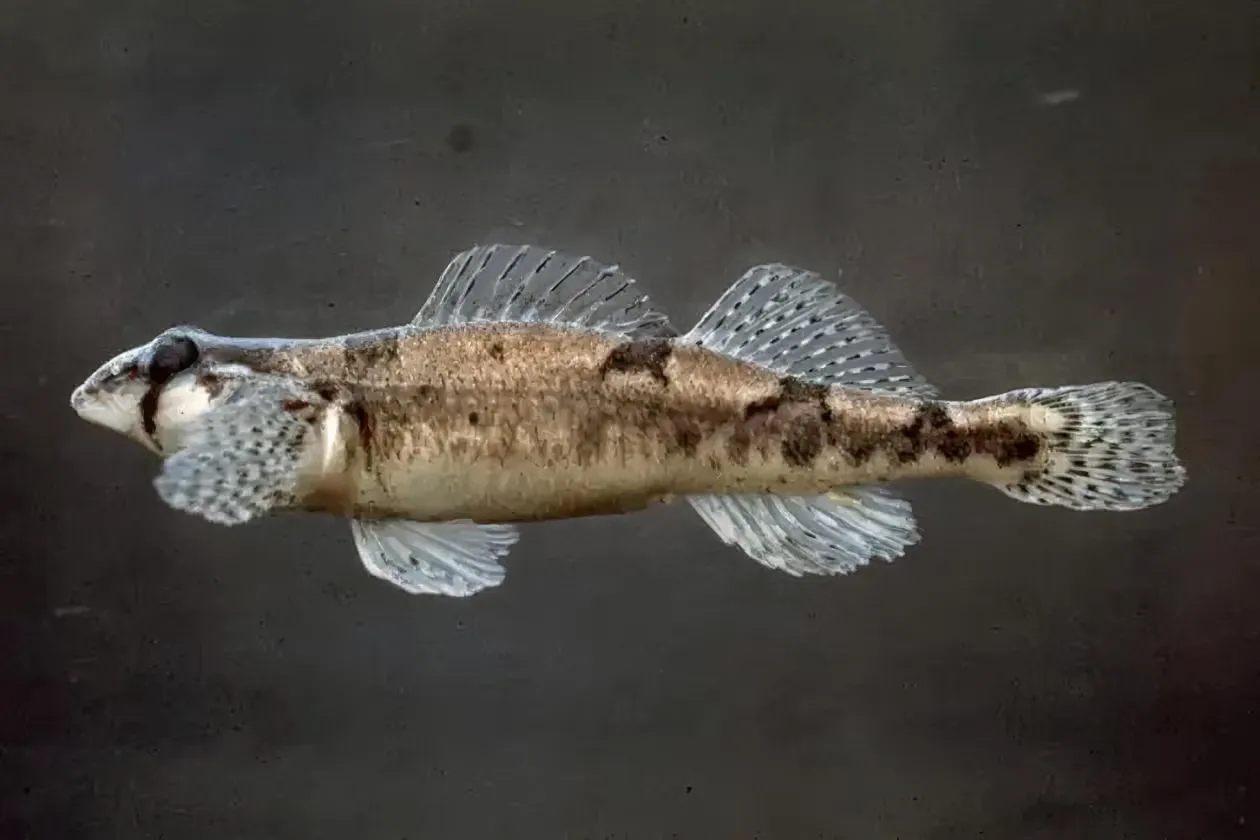Table of Contents
In the 1970s, the snail darter, an unassuming, two-inch-long fish, became one of the most controversial symbols of environmental protection in American history. Declared endangered under the Endangered Species Act (ESA), it quickly became the centerpiece of a years-long legal and political battle that halted the construction of the Tennessee Valley Authority’s Tellico Dam. The Tellico Dam fiasco raises a broader question: How often do well-intentioned environmental regulations fail to balance conservation with human needs?
Just as the Tellico Dam became a battleground over environmental priorities, Stanford now faces its own version of this dilemma with its management of Lake Lagunita. Once a cherished feature of campus life, the lake has remained dry since 2001, ostensibly to protect the steelhead trout (Oncorhynchus mykiss) in San Francisquito Creek.
First, it's worth learning more about the nefarious snail darter. For decades, environmentalists and bureaucrats rallied around the fish, arguing that its preservation justified the significant economic costs incurred by delays. As former Tennessee Senator Howard H. Baker Jr. put it, “This two-inch fish, which surely kept the lowest profile of all God's creatures until a few years ago, has been the bane of my existence.” The saga only ended when Congress intervened with a rare exemption to the ESA in 1979, allowing construction to proceed.
While the snail darter was heralded as a symbol of protecting biodiversity at any cost, recent research has upended this narrative. A January study by Yale researchers revealed that the snail darter was never a distinct species at all. This revelation reframes the entire controversy, exposing the costs of hasty environmental decisions—taxpayer dollars wasted, economic opportunities lost, and communities disrupted, all based on faulty science. On campus, the steelhead trout raises a similar question. Stanford has implemented various measures to support the trout’s habitat, including removing migration barriers and timing water diversions to high-flow periods. These efforts mirror the costly and controversial actions taken to protect the snail darter, yet their long-term effectiveness remains uncertain. While these measures are beneficial, they may be insufficient to fully reverse the trout’s decline.
The decision to stop diverting water to Lake Lagunita in 2001 was seen as a necessary step to reduce strain on the creek’s ecosystem. However, the broader costs—cultural, ecological, and symbolic—of keeping the lake dry raise questions about whether this decision should stand the test of time.
The steelhead trout’s plight has justified sweeping measures that prioritize ecological concerns over community and cultural value. In doing so, the burden of sacrifice has fallen squarely on students deprived of access to Lake Lagunita. Yet, advances in water management, including technologies that mitigate habitat loss through controlled diversions and improved fish migration pathways, suggest that refilling Lake Lagunita poses far less ecological risk than initially assumed.
Just as the completion of the Tellico Dam revealed that the snail darter was not as vulnerable or unique as originally claimed, modern conservation tools could demonstrate that steelhead trout and Lake Lagunita can coexist without undermining environmental goals.
The loss of Lake Lagunita is not just a loss of physical space—it represents the erosion of a campus tradition that once played a vital role in student life. The lake was a hub of community gatherings, from Big Game bonfires to quiet moments of reflection. Its absence has diminished campus culture, making Stanford a little less connected, a little less vibrant. Wouldn’t a bonfire at the lake be more than a bit better if the lake was full of water. As a resident of a house next to the lake, I can’t help but think of what life could be when everything from kite-surfing to rowing (eons ago the rowing team used to practice on the lake!) is just a few steps away from my room.
Beyond its cultural significance, refilling the lake could yield ecological benefits. A well-managed Lake Lagunita could support migratory birds, amphibians, and other species, creating a sustainable ecosystem while preserving an essential part of Stanford’s identity. The university has long been a pioneer in environmental science and engineering, with venture capitalist John Doerr recently donating a billion dollars to endow the new Doerr School of Sustainability—why not leverage that expertise and capital to craft a solution that balances conservation with community needs?





